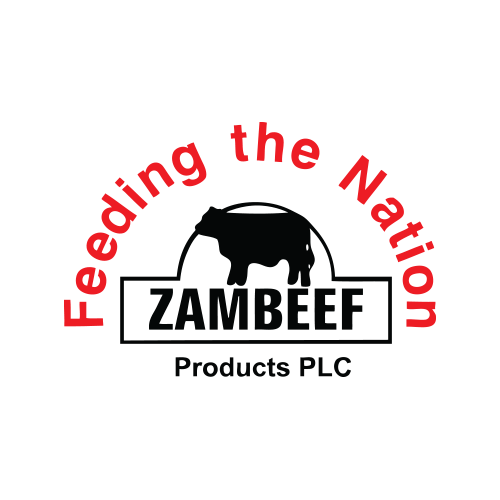Lusaka Securities Exchange listed Zambeef Plc (ZMBF-ISIN0000000201), on 04 October launched its winter maize harvest in Zambia’s ‘maize-belt’. This development was graced by Zambia’s Head of State who appreciated the efforts Zambeef is making in crop diversification to hedge against drought effects given the hydrological risks the copper producer faces. Zambia’s drought is said to be the worst since 1985 but this has not stopped the company from employing irrigation methodology to grow maize outside the traditional season.
Zambia’s 2018/2019 maize yields slid 400,000 metric tones to 2million due to lower than forecast rains.
Speaking in Sinazongwe, President Lungu commented:
“In Southern Province, and indeed, other parts of the country, agricultural production has reduced significantly. This has made access to food for many Zambian households whose areas had poor yields, very difficult. My government is resolved to working closely with farmers, millers and other private sector players, to ensure that we transform the agricultural sector.”
He added that government will do everything possible to ensure that farmers are happy in the country, and that it is only when farmers are happy that we shall have plenty of food and stabilise food prices in the country.
“I am also pleased that Zambeef regardless of this difficult situation, managed to increase its area under cultivation for winter maize from 200 hectares to 600 hectares. This will translate into a total harvest of about 600,000 metric tonnes.
Zambeef will diversify to cassava next season
The Head of Sate was also pleased to hear that the next crop that Zambeef Plc will focus is cassava, which he said is a very important crop for wealth creation for many of Zambia’s small-scale farmers, and further called for the need to industrialise cassava in a similar manner other countries such as Nigeria have done.
In welcoming the President and invited guests, Zambeef Chief Executive Officer Francis Grogan said that with the adverse effects of climate change, the country and the region was experiencing, now more than ever the farming community needed to be forward thinking on the adequate and sustainable use of the country’s resources.
“The effects of climate change are becoming more and more apparent every year that passes and Zambia hasn’t been spared with poor rainfall seen in many parts of the country while some other countries in the region have seen floods. Both these climate extremes have resulted in low crop yields in some areas and reduced flow into reservoirs to generate power.
Invest in irrigation to hedge climate change effects
To help mitigate climate change, we must invest in water harvesting and irrigation and trap the water that flows in our rivers and streams before it enters the Zambezi river and ends up completely wasted in the Indian Ocean… we must harvest this water, grow food, empower people with employment opportunities in crop production and food processing and take advantage of this enormous domestic and DRC market,” said Mr Grogan.
Zambia just signed a 600,000MT memo with DRC
Zambia signed a formal memorandum of understand to supply 600,000 metric tons of maize to Democratic Republic of Congo. Africa’s red metal producer forecast to boost crop output to 3million metric tons in the 2019/2020 farming season which which is expected to meet export demand to help boost foreign exchange earnings of the country. Zambia’s dysfunctional commodities trading has been the biggest block in allowing subsistence farmers to access markets ready to pay premiums on maize such as Kenya and DRC.
As at 04 October close of trading ZMBF shares traded for K1 per share on the Zambian bourse, the LuSE.
The Kwacha Arbitrageur

